Kate Corder is an artist whose work includes themes of eco-catastrophe, ecologies, land use, and wildlife. One arts project she organized in 2016 and 2017 was the planting of 800 young tree saplings in Palmer Park in Reading, Berkshire, UK. That’s a lot of baby trees. But not enough.

What a nice little library in Palmer Park. Wonder if they have any books about trees taking carbon out of the atmosphere.
Corder organized volunteers to plant the saplings, or “whips”. The whips were donated by the Woodland Trust, a charity devoted to protecting UK woodlands, and planting more. A lot more. The little trees were hawthorn, dogwood, wild cherry, silver birch, rowan, hazel, all English native species. Doesn’t that sound pretty?
Planting trees is vital to combating climate change. The UK government’s Climate Change Committee has said 1.5 billion trees need to be planted by 2050 so the UK can get to ‘net zero’. (Net zero carbon emissions means that carbon emissions are canceled out by absorbing the same amount from the atmosphere. Which trees are brilliant at.) Earlier this year, the Woodland Trust pointed out that the government had promised to plant 12,000 acres (5,000 hectares) of woodland in 2018, but in fact only planted 3,500 acres (1,420 hectares). The Trust responded by challenging a million people to plant trees this year, in a “Big Climate Fightback.”
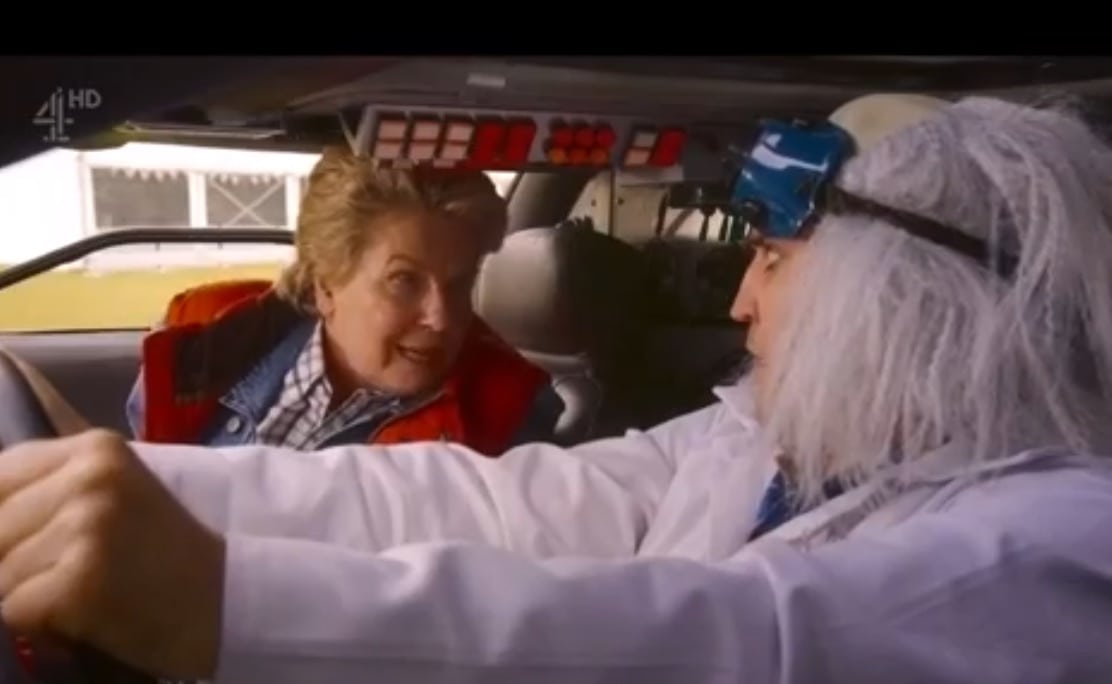
Sandi Toksvig telling Noel Fielding something urgent – presumably about going back in time to plant trees and avert disaster.
As Sandi Toksvig, a Woodland Trust “ambassador” (and co-presenter on the Great British Bakeoff) says “the humble tree… eats carbon dioxide for breakfast and makes all of our lives better.”
More locally, in Reading, the Borough Council (RBC) issued a Climate Emergency Declaration, describing the urgency of the situation, steps already taken and steps to be taken in the future to achieve a carbon-neutral Reading by 2030.
In talking about carbon outputs, the declaration noted that “Reading is urban in nature.” Maybe that’s why their impressive list of recommendations for action did not mention trees. Planting them, or not cutting them down once they’d been planted.
Because in mid-November, it was discovered that a maintenance team had cut down the little trees, along with the brambles and nettles they grew among (which would shade and protect the saplings until they were taller). It was “routine clearance of undergrowth.”
Somehow the council had forgotten the 800 trees, the wildlife corridor that was supposed to be protected, and yeah, the arts project. Forgotten, or never told other borough departments. Maybe both.
When the news got out, people were upset. The volunteers, the artist, the Woodland Trust, and people doing their best to combat climate crisis.
The RBC apologized. A spokesperson said:
Unfortunately these saplings were cleared in a recent routine clearance of undergrowth by our maintenance team. Regrettably, the whips were untagged and not clearly visible amongst nettles and brambles when the area was being maintained. The council respects and values the work of volunteers and we apologise to the community volunteers involved in the planting of the saplings for this unfortunate occurrence. The council is committed to working with volunteer groups in planting trees in viable locations to increase canopy cover. To put the situation right, we are planning to replace the cleared saplings by planting a selection of larger trees in a suitable location within Palmer Park, which will have a far greater chance of reaching maturity, with a particular focus on trees that support wildlife and increase the diversity of species present in the park. Over the last decade we have planted over 1,895 new trees across the borough and we look forward to continuing to work with volunteer groups to further increase our tree numbers in the future.
Terrible apology.
That apology didn’t soothe Corder, the artist, who said “I think it is very rude not to contact the organiser of the project.”
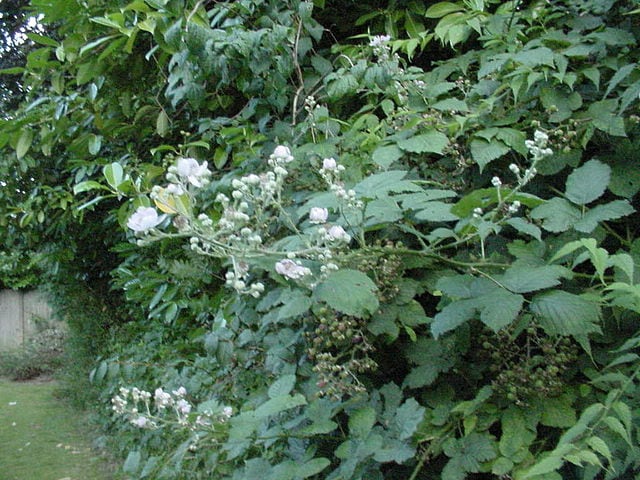
Flowering brambles. Enemies of routine maintenance, friends to wildlife and to ambitious young trees.
It didn’t calm volunteer Steve Goodman, who said “It’s not just the trees, the whole area was an essential wildlife corridor that was supposed to be protected for three years. The volunteers spent an awful lot of time and money planting them and that has now all been undone. The trees would’ve been around five years old, times that by 800 and you’ve lost 4,000 tree years in one go. This has happened now, what we need to ensure is that the council make sure this sort of idiocy doesn’t happen again.”
Less idiocy? That would be good, but the apology doesn’t convince SorryWatch the RBC gets it.
The apology casts blame on the project because the young trees weren’t tagged (800 little tags – what could go amiss?), and because they were planted among brambles and nettles. In addition to making this a bad apology, it shows no comprehension of the protective cover the brambles and nettles offered, and no understanding of the nature of a wildlife corridor – wildlife love brambles and nettles. Undergrowth is where wildlife lives.
The blame is all laid on the project for not signposting the trees, for planting them among the dread brambles and nettles, for planting such little trees, and for planting them in a place that’s allegedly neither “suitable” nor “viable.” The RBC takes no responsibility for not keeping track of the project and for not telling the maintenance team about it.
Their plans “[t]o put the situation right” are also worrying. They speak of putting “a selection” of larger trees and of increasing “canopy cover.”
Canopy cover? Was this ever supposed to be about shade? It sounds like they’re only interested in creating photogenic parkland.
Clearly there’s more than one agenda at work here. Before they make any more decisions on what’s suitable, they’d do well to re-read their own Climate Emergency Declaration. And then talk to some actual biologists. Maybe the ones at the Woodland Trust would talk to them.
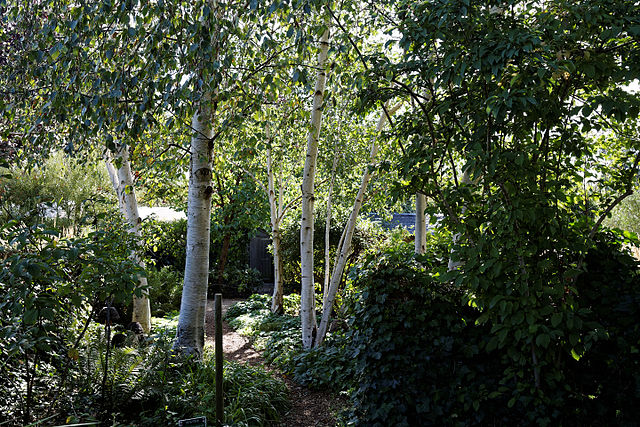
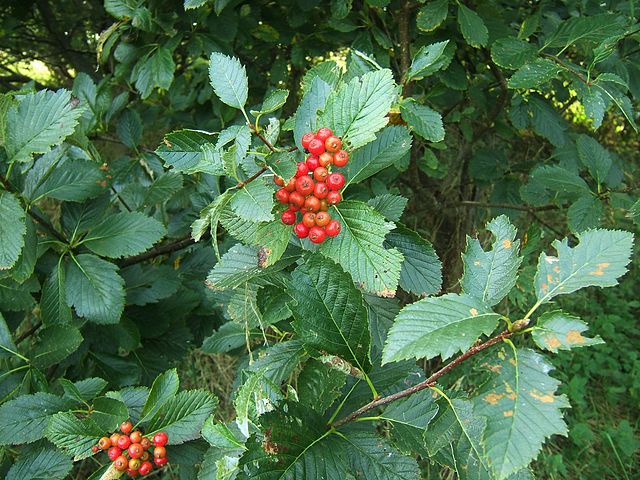
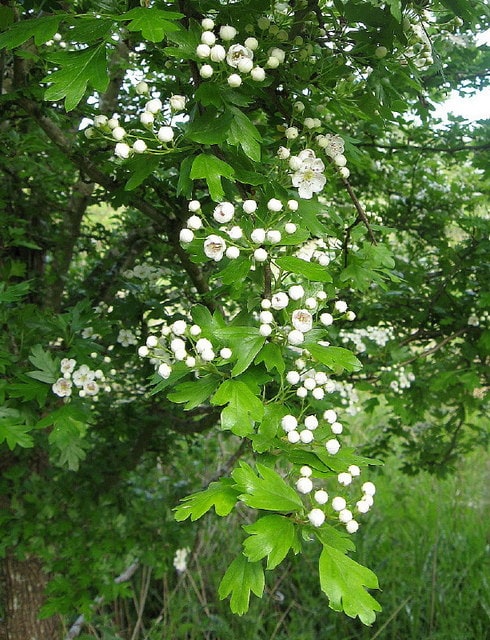

An ecologically-balanced community of flora and fauna has many salutary effects upon the environment, including the processing of carbon dioxide, and accordingly, I personally encourage ventures such as Kate Corder’s sapling planting project.
That said, I personally do not buy into this “climate change” hoax (or, to be more specific, the political weaponization of the natural phenomenon of consistent climate change, a process that was occurring even before there were humans around to cause it anthropogenically). The Vikings are known to have done farming in Greenland back in the day, and I still am curious to know which industrial factories emitted all of those greenhouse gases that caused the global warming which made agriculture in Greenland possible (and, speaking of global warming, why did all of the warmists suddenly shift their nomenclature from “global warming” to “climate change?”).
Political baggage notwithstanding, I agree that the Reading Borough Council’s apology was sorely deficient, for all of the reasons stated in this SorryWatch post. I do not minimize the importance of maintaining green herbiage in the environment; the RBC, having definitively put itself into the tank for the politically-correct narrative of “climate change,” has all the more reason to recognize and acknowledge its failings.
debated whether to delete your irresponsible comment or to reply to it. I’m replying, but if you answer irresponsibly (without regard to evidence), I will delete those subsequent comments. This is not a forum for reckless trolling.
The climate change emergency is not a hoax. It is an observable, accelerating process which the entire human population needs to tackle promptly.
The Greenland example is nonsensical what-aboutism. Yes, they tried farming there, and it wasn’t viable. They could grow some vegetables, but not grains. The very name “Greenland” may have been hype used by Erik the Red to attract settlers. If so, you’re choosing to fall for a thousand-year-old real estate promo.
You write “why did all of the warmists suddenly shift their nomenclature from ‘global warming’ to ‘climate change?’”
First – “warmists”? Name-calling is not a sign of a good argument. The nomenclature was shifted because many people could not, did not, or in some cases, chose not to understand how global warming might not be uniform, and might result in some places having fiercer winters, while the planet as a whole gets hotter. Some say “climate emergency,” “climate crisis,” or “climate chaos.”
I wish climate change was merely a “politically-correct narrative.” It’s not, and it’s horribly irresponsible to say that it is. It’s wishful thinking, and if enough people and governments cling to it, more millions will die, extinction rates will explode, the oceans will empty – and a few people will be very rich, briefly.
Thank you for this, Sumac. Both for the article and the response. Your clarity is very helpful.
Brava, Sumac.
The Reading Borough Council’s behavior was repulsive and the apology is worse.
I am reminded of an occasion in The Bronx in the 1990s when New York crews knocked down nearly every tree on a bunch of streets, on the grounds that they were unhealthy. However, they botched up their orders, and whacked ALL the trees in the neighborhood, regardless of age or condition, leaving the residential streets bare of green leaves and canopy.
The New York Times ran a story about this, with before-and-after photographs, and the embarrassed agency responsible for this fiasco went out, tore up the stumps and roots, and planted a variety of new trees and additional trees.
What I remember most about this apology was the quote in the Times: “We cannot replace these trees today, but in 20 years, this neighborhood will have a nice little forest.”
I wondered if some future bureaucrat, 19 years from now, unaware of that fiasco, would order those trees removed in “routine maintenance,” and we would have to go through this all over again.